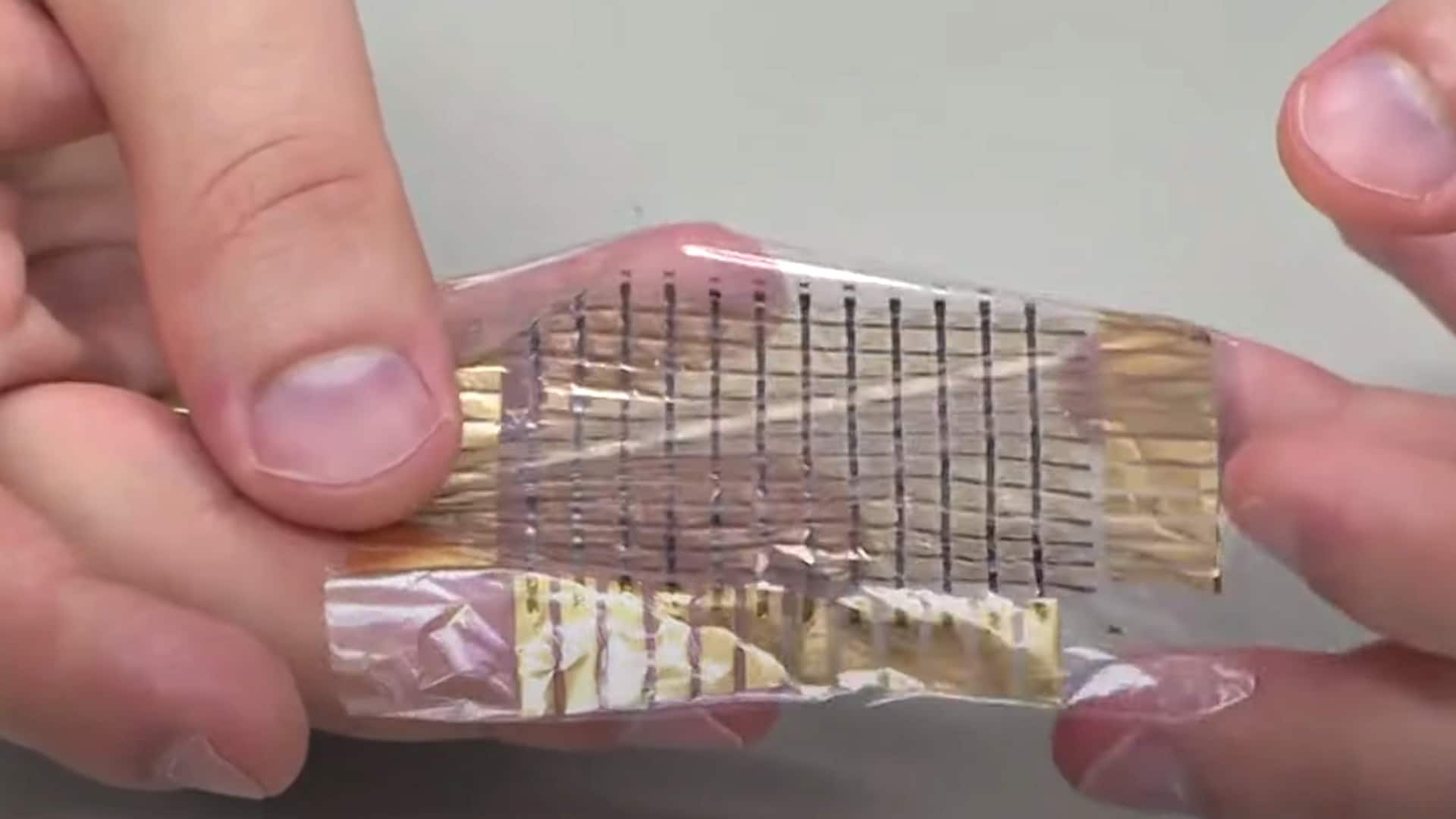
This e-skin lets robots 'feel' magnetically, offers humans touchless interaction
What's the story
A team of scientists at a research lab in Germany has developed an innovative electronic skin (e-skin) that can detect and track magnetic fields.
The groundbreaking technology, unlike its predecessors, uses a single sensor for functionality.
Mimicking how human skin interacts with the brain, the e-skin is more energy-efficient than previous models that required multiple sensors and electronics.
Advanced features
Touchless interaction and versatility
The new e-skin technology allows touchless interactions, enabling devices to be operated in wet, extreme, or sensitive environments. This could be underwater or sterile labs.
The e-skin's capabilities are not limited to humans; it could give robots a sense of touch through magnetic fields.
It could also let humans interact with digital environments (virtual reality) without physical controllers and help people with sensory impairments regain certain abilities.
Functionality
How does the e-skin work?
Traditional e-skins typically comprise multiple sensors, batteries, and electronic components, making them bulky and power-hungry.
To address these issues, the researchers created an e-skin that emulates human skin's functionality.
The groundbreaking device features three components: an ultra-thin flexible membrane serving as its base structure; a magnetosensitive layer covering its entire surface; and a central processing unit (CPU) determining the exact location of magnetic sources.
Technology
Advanced signal processing method used
The e-skin employs a tomography-based signal processing method, inspired by MRI and CT scan techniques.
This method refines the accuracy of signals by analyzing multiple data points, just like medical imaging methods reconstruct detailed images from different angles.
Lead researcher Pavlo Makushko called this tech "new for e-skins with magnetic field sensors" and emphasized its successful experimental validation as a major technical achievement of their work.
Possibilities
Wide-ranging applications and future potential
The e-skin developed by the Helmholtz-Zentrum Dresden-Rossendorf (HZDR) team could have a wide range of applications.
It could let users control their phones with a magnetic patch on a glove, even in freezing weather or heavy rain.
For robots, an e-skin with human-like touch and high magnetic sensitivity could improve their capabilities in cooking, rescue operations, deep-sea explorations, and patient care.